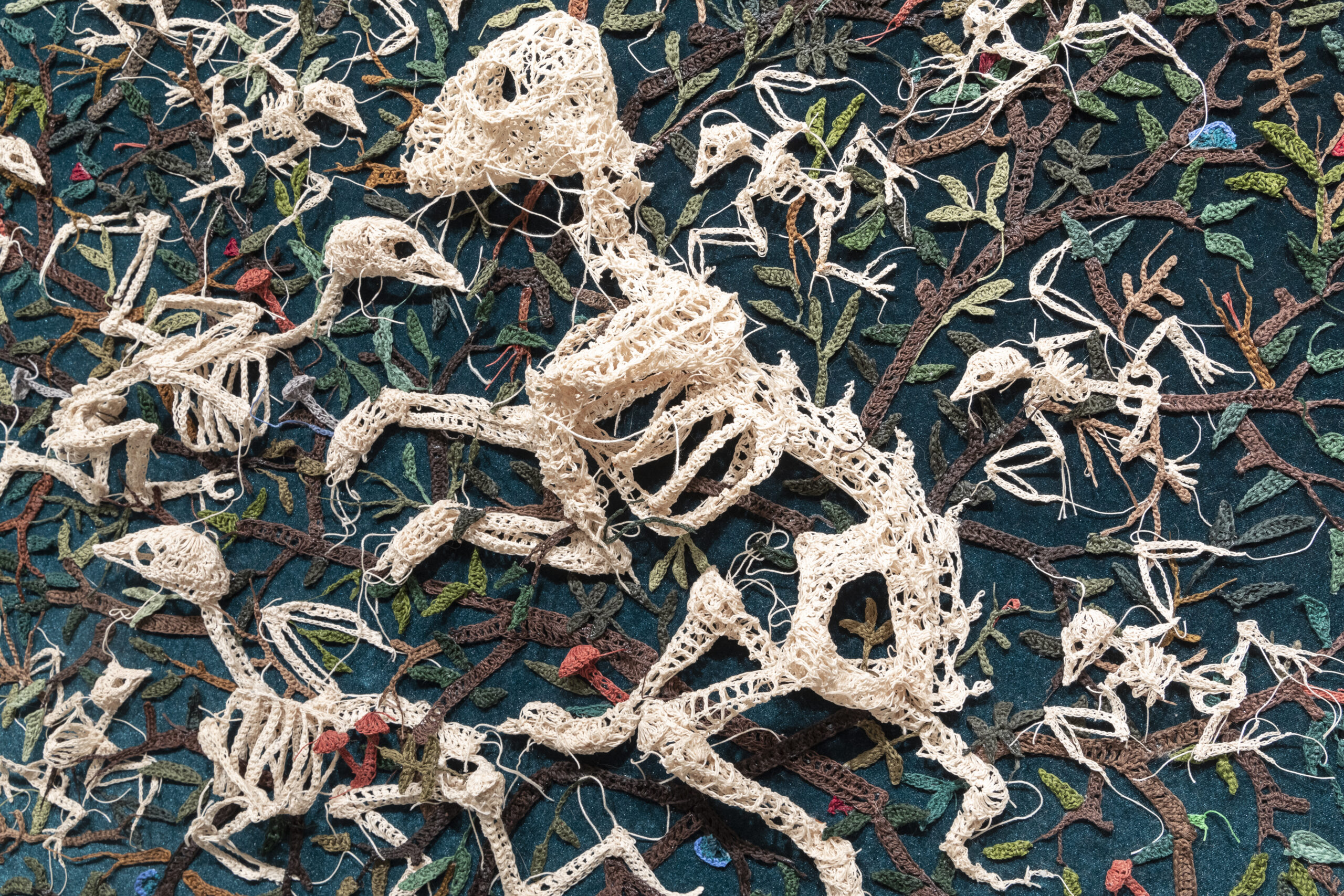- cross-posted to:
- artdesign@jlai.lu
- cross-posted to:
- artdesign@jlai.lu
At its core, an art museum is essentially a narrative of empire. If, as Napoleon quipped, history is a set of lies agreed upon, a museum is their physical manifestation. Aptly, the Met—the grandest, most august museum in a city that likes to think of itself as the center of the world—boasts all the baubles that connote having made it, including a few once owned by Napoleon himself. Cleopatra’s needle, the Temple of Dendur, Greek goodies faded polychrome or ghostly blanched, Persian carpets, Old Masters, Estruscan jewels, Japanese lacquer, South Asian sacred sculpture, Chinese vases, Senegalese masks, Polynesian canoes. The good, old stuff! All in one place, the best of it all from every corner of the globe.
But the best according to whom? The Met is a museum of objects rich people, like Shelby White, value; it is a narrative of wealth and what signals it. Accordingly, the place has no shame at trafficking in stolen goods, and enlisting lawyers to stonewall the looted parties (e.g., Greece) with reams of contracts and receipts to establish provenance. It’s a Red State mentality with Blue State wall text. The institution has the dirty opioid money and the dirty oil money. Its worldview is unabashedly human-centric, each wing featuring a different culture trying to figure out what the hell it all means—most often, a whole lot of fucking, being born, and dying. Religious fanaticism is rife. Social hierarchy abounds. Women are mostly subjugated and objectified. The Hall of Arms and Armor would make any 2nd Amendment enthusiast blush with delight. Inveterate elitists, the Met celebrates the winners. It doesn’t have time for the downtrodden or the poor because they didn’t leave nice enough shit behind. Or any shit at all.



I thought this was a great article, and relevant for for example myself as a museum employee. The questions that the article proposes are relevant for us and something that we work and struggle with when we display the art pieces that we have in our collection and when we decide to host a temporary exibition or purchase new art. The institutional legacy (yes we are a musuem in Europe that has a great part of or original collection donated by rich upper class collectors) of the museum and the narratives that were presented in the past and that we present in our exibitions should be scrutinized and questioned, it is part of our job as an institution.
“At its core, an art museum is essentially a narrative of empire.”
The museum that I work with has a large collection from our country’s period of national romanticism, the ideas of nation and the narrative that this collection potentially displays are not only something worth thinking about but something that the museum is very aware of. Specially since we live in a contemporary society with increasing nationalist tendencies that at times uses culture/art as a tool for their political and oppresive agenda.
“No matter how intricate or well researched a palimpsest—at any cultural institution—it will never solve the problem of perspective. We can never escape ourselves or the times in which we live. Maybe this is the best we ever do—and maybe that’s fine. Maybe seeing museums as deeply flawed but instructive monuments to that attempt at understanding, rather than as definitive catalogs, is the best way to allow them to teach us about ourselves. Sometimes, we need the reminder not to believe something just because it’s written on the wall.”
I think this last paragraph is very interesting and something to keep in mind, specially as a museum employee.